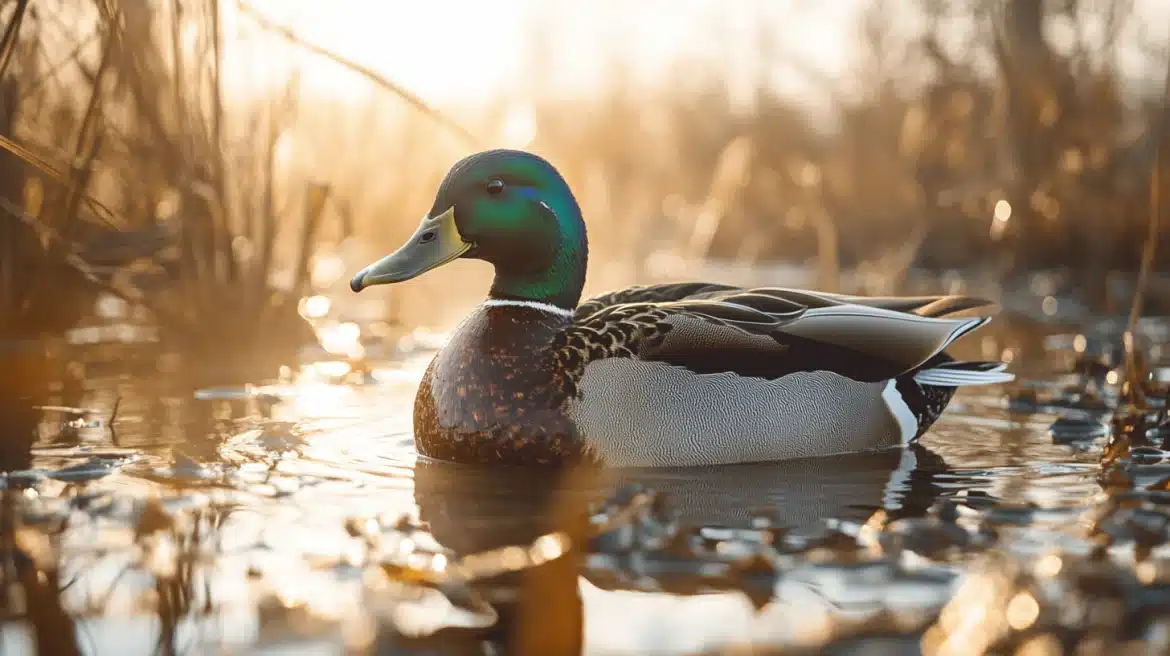Duck hunting is a popular outdoor activity that requires skill, patience, and a deep understanding of the environment. However, as prey animals, ducks have highly developed senses, meaning they are naturally alert to any signs of danger.
Their keen eyesight allows them to detect movement and colors from great distances, especially when flying overhead. Therefore, one of the most critical elements in a successful duck hunt is camouflage, and for hunters, blending into their surroundings can be the difference between a productive day on the water and coming home empty-handed.
This blog explores how camouflage helps with hunting ducks, focusing on how it improves concealment, minimizes detection, and increases the chances of a successful shot.
To Blend with the Environment
When a hunter is too visible, ducks are likely to fly away or avoid landing in that area altogether. Therefore, the primary purpose of camouflage in duck hunting is to help the hunter blend in with the natural environment.
Wearing specialized duck hunting clothes that feature patterns designed to mimic local vegetation, water reflections, and terrain helps hunters become almost invisible to ducks, who might otherwise notice unnatural shapes or colors.
Camouflage is not just limited to clothing. Hunters often use face paint, gloves, and hats to cover any exposed skin, further enhancing their concealment. Additionally, they camouflage their hunting gear (including guns and blinds) to ensure nothing stands out in the environment. The goal is to eliminate any visual cues that could alert ducks to a human presence.
To Reduce Movement Visibility
While blending in with the environment is vital, it is equally important to minimize movement. Ducks are particularly sensitive to sudden movements; even the most effective camouflage won’t help if a hunter moves abruptly. However, when combined with proper use of camouflage, small, controlled movements become harder for ducks to detect.
Hunters often set up in blinds or natural cover, such as tall grass or reeds, to further reduce the chance of being seen. Camouflage patterns on clothing and blinds can break up the outline of the hunter, making any movement less noticeable. This gives hunters a critical advantage, allowing them to wait patiently for ducks to come within range before making a move.
To Enhance Stealth in Varied Conditions
Different weather conditions can present unique challenges for duck hunters. On cloudy or rainy days, the landscape can appear darker and more muted, while bright sunny days might enhance certain colors. Quality camouflage patterns are designed to work in various lighting conditions, ensuring that hunters remain hidden regardless of the weather.
In addition, waterfowl hunters often deal with reflections off water or wet surfaces. Specialized camouflage materials with non-reflective finishes help reduce glare that might otherwise draw a duck’s attention. Some patterns are even designed to mimic the ripples and reflections of water, offering another layer of concealment.
To Increase the Chances of a Successful Shot
Ultimately, the goal of camouflage is to increase the chances of a successful shot. When ducks are unaware of a hunter’s presence, they are more likely to fly closer, providing a better shot opportunity.
Effective camouflage allows hunters to get closer to their targets without being detected, making it easier to take an accurate and ethical shot.
Conclusion
Camouflage plays a vital role in duck hunting by helping hunters blend into their environment, reduce movement visibility, and adapt to changing conditions. By mastering the art of concealment, hunters can greatly improve their chances of a successful hunt.
Whether you are a novice or an experienced hunter, investing in high-quality camouflage gear is a crucial step toward a productive and enjoyable duck hunting experience.

